#25 Agnès Varda Forever!
I just watched six Agnès Varda films in four days and I'm feeling evangelical. Also: a mug, a song, and my new favorite snack.
⭕️ Shiela Laufer Mugs at Hilary Horvath Flowers are stunning — and are giving Hilma af Klint.1
⭕️ Women Holding Things Maira Kalman reminding us how much we all carry.2
⭕️ Born a Worm This song by Dan Reeder is, in fact, a work of genius.3
⭕️ Medjool Dates Dried, eaten with cheese or butter and salt or nut butter.4
I want everyone to know about Agnès Varda
By the time you read this, I’ll have watched six Agnès Varda films in four days at the Agnès Varda Forever film festival at the Clinton Street Theater.
The festival was started several years ago by Laura Glazer and JJ Jones, after a street art campaign they created with the intention of helping more people become aware of Agnès Varda — and delighting each other. I caught one film — The Beaches of Agnès, a sort of autobiographical essay — the last time it was at Clinton Street, and fell in love with her obvious affection for her subjects, curiosity, and humor.
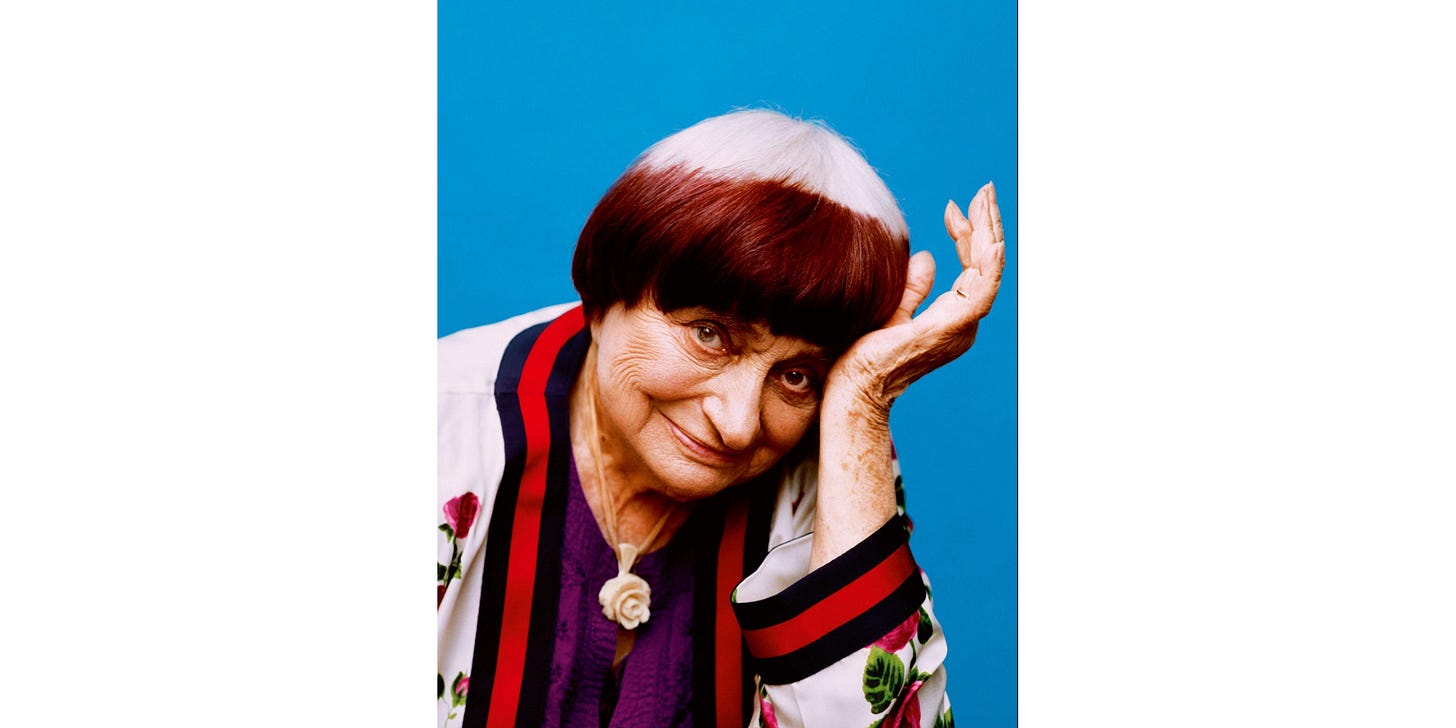
I mean, how could you not be intrigued??
There’s a childlike — but not immature — quality to the way she considers people and their dynamics to each other, the landscape, the stuff of their lives. She’s considered la grand-mère de la Nouvelle Vague, a title she’s held, somehow, since she made her first film, La Pointe Courte (which is now considered a forerunner to the French New Wave), at 26. She’d only ever seen 10 films before making her first.
In her words: “I am a woman working with her intuition and trying to be intelligent. It’s like a stream of feelings, intuition and joy of discovering things. Finding beauty where it’s maybe not. Seeing.”
In the spirit of wanting more people to know about Agnès and her films — and spreading delight — here’s what I loved about the films I watched this weekend, most of which you can watch on the Criterion Channel or Kanopy (accessed through your library account).
La Pointe Courte
Filmed in the fishing village where she grew up, La Pointe Courte has only two professional actors: a husband and wife in the film’s central, deteriorating relationship. The rest is made up of local villagers — and cats! — who provide comic relief and realism to the drama and internal monologuing of the couple working out whether or not they’ll stay together. It’s beautifully filmed.
Cléo from 5 to 7
This passes in real-ish time with a lovely chanteuse as she waits for the results of a cancer biopsy. Her anxiety is both real and ridiculous, persistent as she wanders the city and has brief encounters with colleagues, lovers, friends. Cléo from 5 to 7 was the second feature-length film Agnès made, and although there are some style rhymes with the first, it’s clear that she’s uninterested in making the same film twice.
Jacquot de Nantes
Jacquot de Nantes is a dream project Agnès realized for her husband, Jacques Demy, when he became too ill to complete it himself. A portrait of the artist as a young man, it tells the story of his childhood — enchanted despite the Nazi occupation during WW2 — and the magic escape cinema provides. Color is collaged with black and white (as it is in Cléo), and childhood impressions are connected visually to moments in the films he made throughout his career. Also present: fully-grown Jacques, in the final months of his life.
One Sings, The Other Doesn’t
Agnès made a musical! Suzanne and Pauline (later Pomme) first connect in the early 1960s, when one gives the other money for an abortion. They find each other again a decade later, and hang on to their connection. Set against the women’s liberation movement, this is not a subtle film! But the complexities of womanhood — and motherhood — are nuanced and fully considered. Also: good on Agnès for finding the newest-looking newborn I’ve seen on film.
The Gleaners and I
This one is considered the start of Agnès’s late career renaissance, and is a documentary that explores the world of modern-day gleaners. She is present in the film (with her gray just beginning to show), as a sort of gleaner of images and ideas. The culture around gleaning in France is very different from that in the US — although Portland feels tangential to it, with its sidewalk free piles. A lot of the imagery in this movie was familiar, as I’m married to a collector of objects that pile up in the yard, waiting to be someday sculptures. To be fair, sculptures do get made! Though not necessarily at pace with the material collected… And writers are also gleaners, no?
Faces Places
Faces Places was her last film, made in 2017 when Agnès was 87. That is a 60 year career in filmmaking! Her curiosity, enthusiasm, and willingness to collaborate throughout a whole lifetime are inspiring. Here, she teams up with photographer and muralist JR to hit the road in his camera van, stopping along in villages along the way to take large format photos of locals and install them on crumbling walls and water towers. What’s the point of it all? For Agnès, the point is the power of imagination. And also fun and other reasons.
Agnès saw film as a way to keep things from falling down the hole of memory. She used filmmaking to see and connect with the people she encountered. She faced them head on and didn’t look away. What a gift she is to us.
Sheila had a gorgeous show up at Nationale a few years ago, that I was lucky to see and still think about.
I was reminded of this at a show of his Sebastian and I saw last week at Mississippi Studios. I was also delighted to remember that he didn’t put out his first album until he was almost 50. The closer I get to 40, the more I want to hear about people who 1. sustain a creative career over a lifetime, and 2. people who don’t make (or put out) their best work until later in life.
I’m trying to eat dates every day. They were not a regular part of my life pre-this pregnancy, but they help with digestion and are supposed to be supportive in labor. 🤞🏼


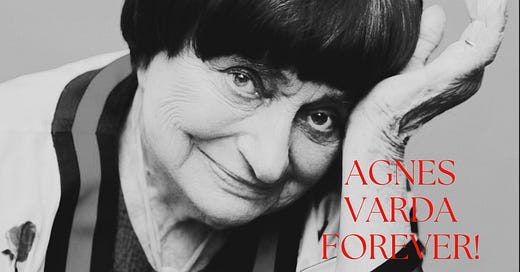

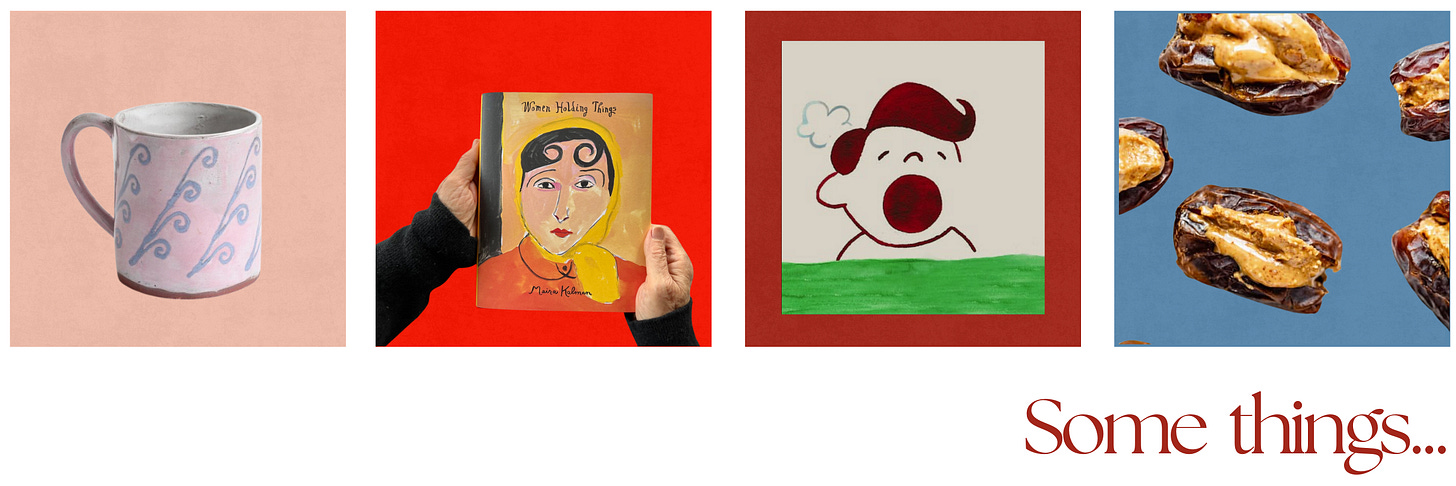

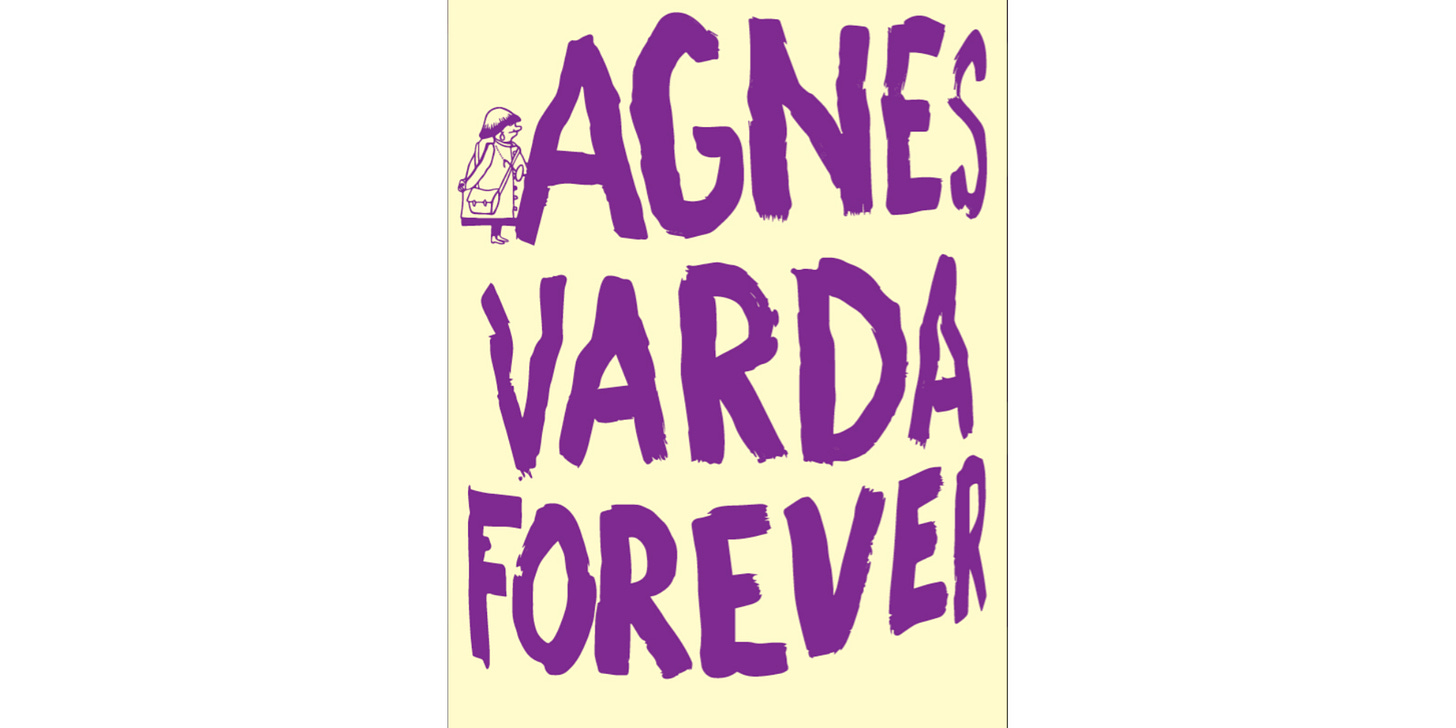
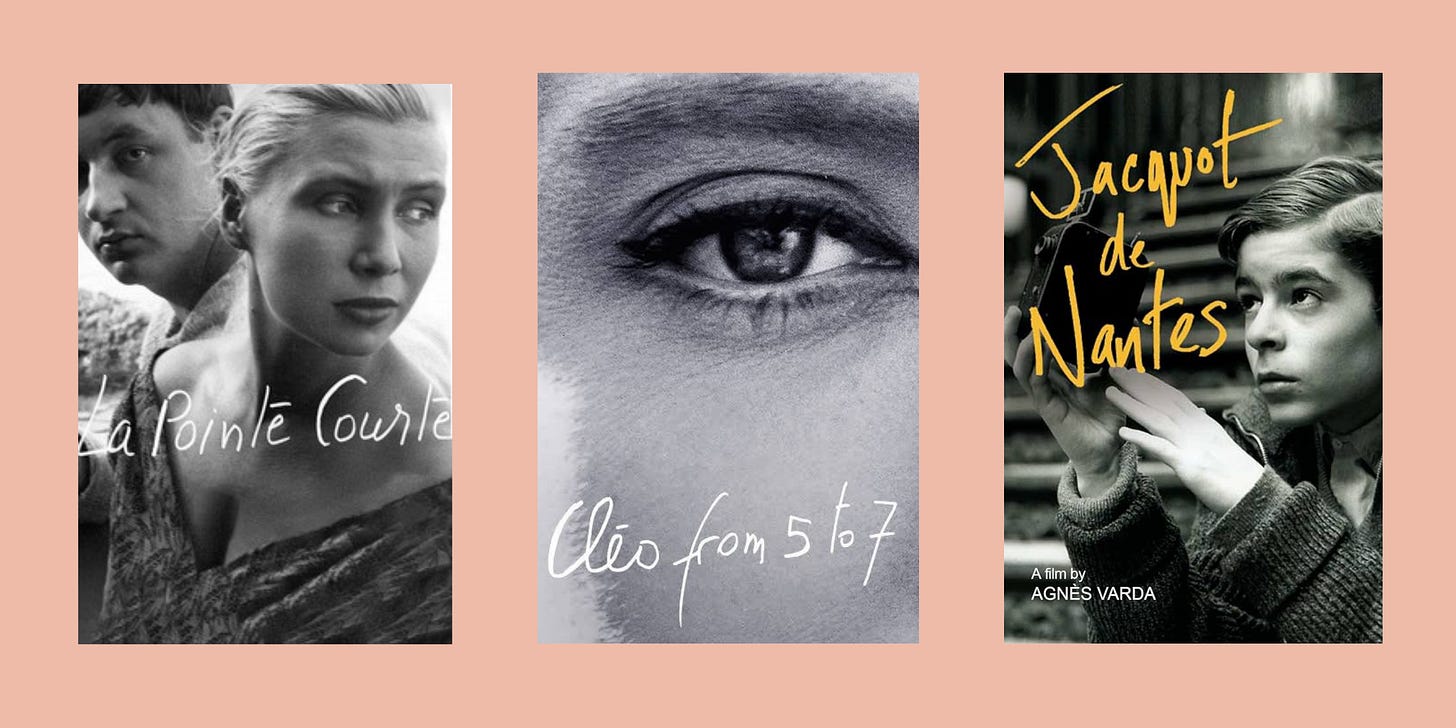
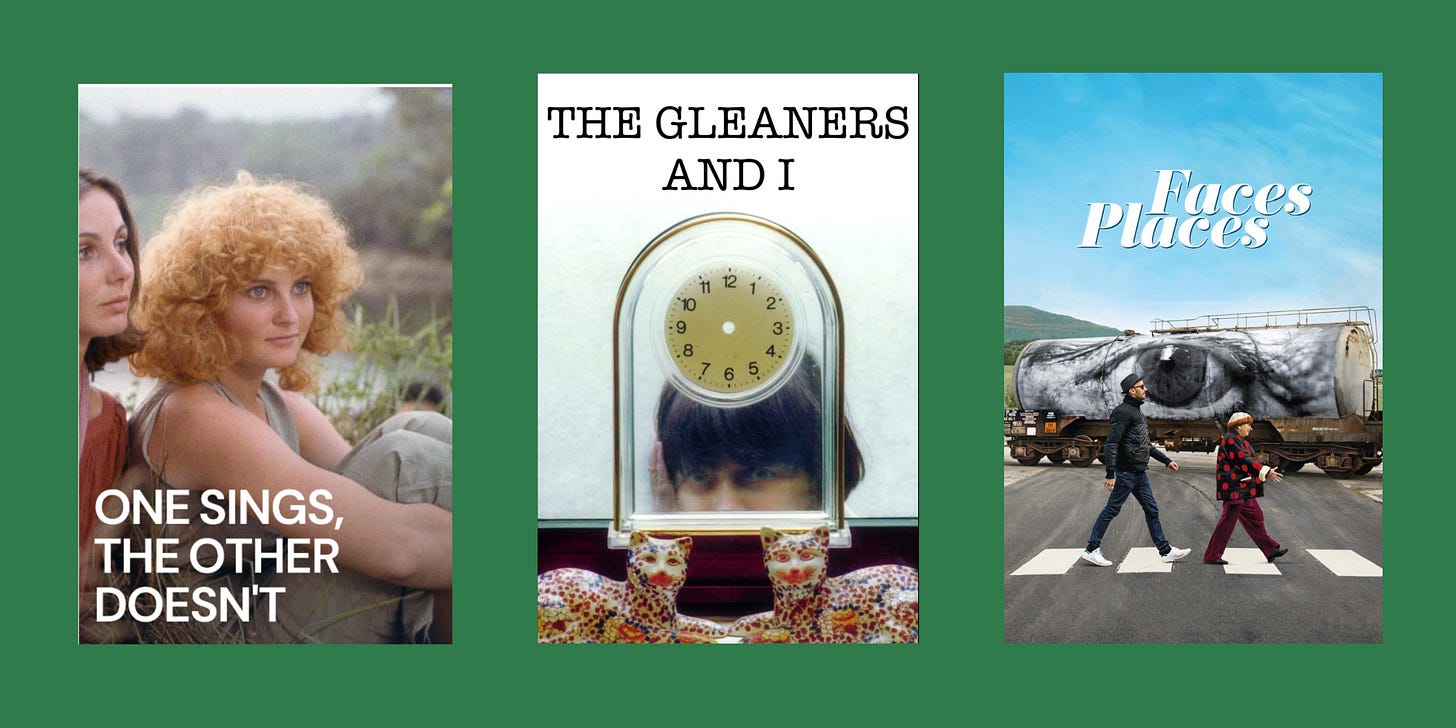



I’ve only seen Cleo 5 to 7 and Gleaners and I but they’re both so great! What a lovely way to spend a weekend ♥️